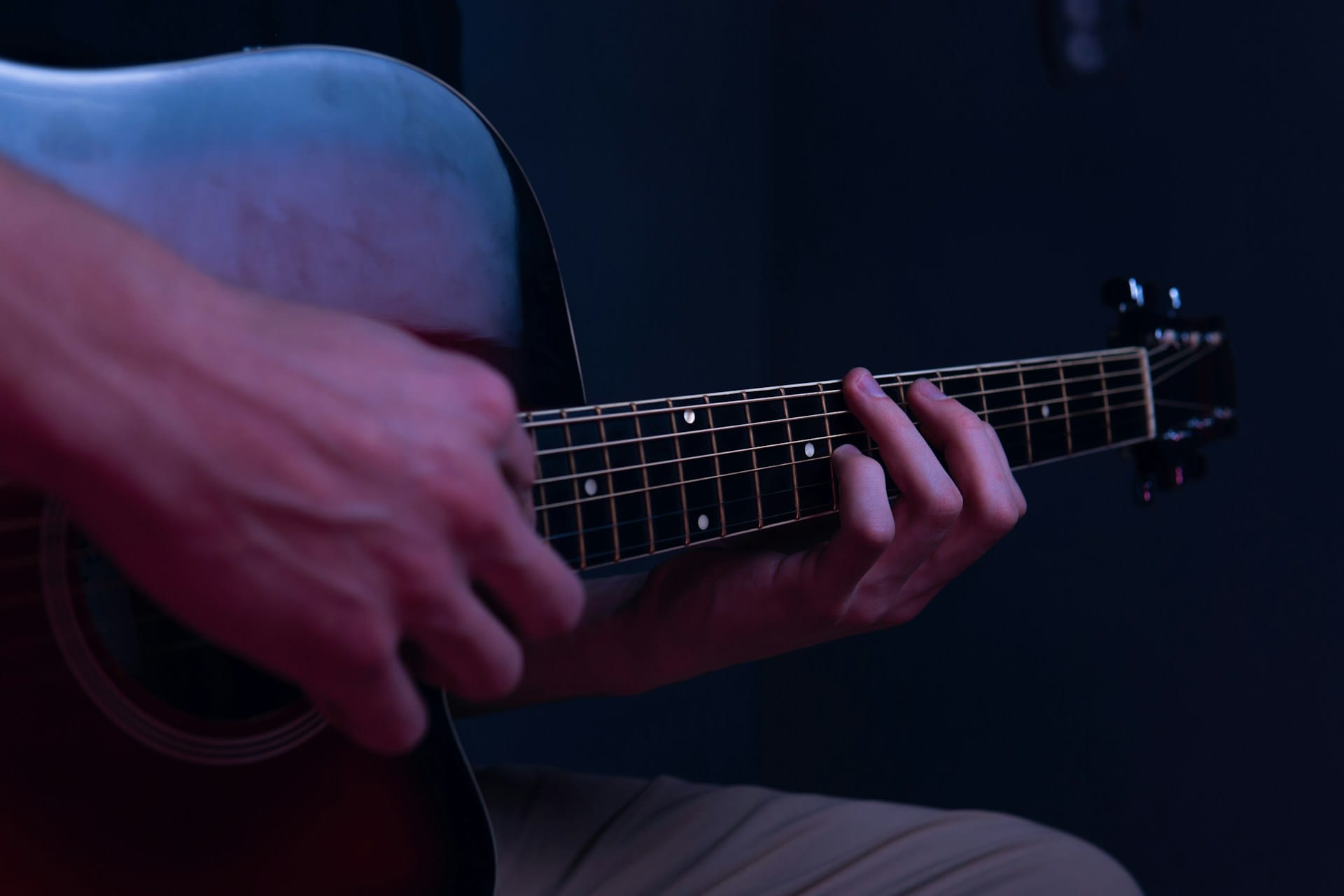The Art of Writing Catchy Melodies: Getting Started

Classic pop songs tend to come loaded with an infectious melody that burrows it's way into your inner ear. Coming up with those elusive earworms can often seem mystifying, however experienced you may be. Where do you start with a melody? How do you write new melodies that feel fresh yet familiar?
Establishing a Musical Key
A good place to start is to establish a musical key and scale to choose your raw melodic "ingredients" from. A great way to begin is by playing 3 or 4 diatonic chords on your instrument in a key like G Major for guitar or C Major for piano, for example. Improvise a melody either vocally, using your instrument or a DAW that only includes the notes in that major scale. Restrict yourself to 3-4 notes at first to spark creativity.
Make things more interesting by combining scale steps (moving to adjacent notes) and bigger leaps (jumping intervals). The bigger the melodic leap, the more impact it will have emotionally. Don't be afraid of big jumps.

Enhancing Melodies with Rhythmic Variety
Rhythmic variety can also breathe life into melodies. Shift the first note of a phrase on and off the downbeat. Study how melodies in your favourite songs move and flow rhythmically. Repeat a short melodic motif while changing the rhythm slightly to maintain interest. Use your musical instincts to guide you too. If a sudden high note sounds great emotionally, go with it. Capture these raw melodic ideas spontaneously as they flow - you can always refine them later.
While words matter enormously, start by nailing this melodic essence first. With these pointers, hopefully crafting catchy tunes feels more within reach.
Book a lesson with Ben here
